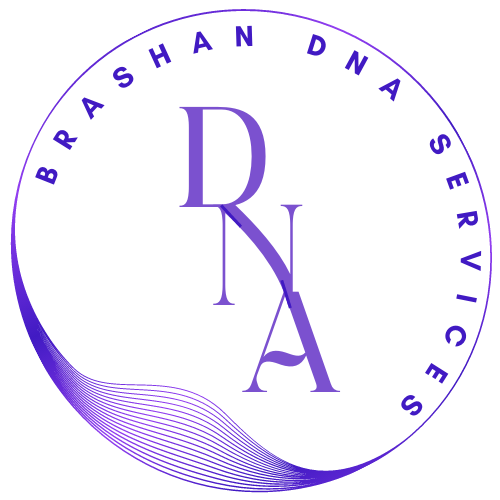Discovery of DNA
In 2013 a letter written in 1953 by Francis Crick to his 12-year-old son was sold at auction for $5.3 million. Why was the letter so important? It was written by one of the biologists who was just about to reveal the structure of perhaps the most important molecule in living things, DNA.
“My dear Michael,” the letter begins, “Jim Watson and I have probably made a most important discovery. We have built a model for the structure of des-oxy-ribose-nucleic-acid (read it carefully) called D.N.A. for short. Our structure is very beautiful.” It goes on to say, “In other words we think we have found the basic copying mechanism by which life comes from life…”
The cell is the building block of all organisms. The largest structure in most cells is the nucleus and the nucleus contains many chromosomes.
Chromosomes are made up of many genes and genes are made up of a chemical called Deoxyribonucleic acid, DNA. Biologists knew that DNA was an important molecule, and for several years in the late 1940s and 1950s there was a great race to work out the structure of the molecule. DNA is made up of two strands which are joined together by four different chemicals called DNA bases. The bases are normally referred to by letters: A (adenine), C (Cytosine), G (Guanine) and T (thymine). The strands are twisted together to form a double helix shape.
Why is DNA important?
Deoxyribonucleic acid is a molecule that carries the genetic instructions used in the growth, development, functioning and reproduction of all known living organisms. It details who we are, what we look like, makes a species unique. Only identical twins have the same DNA. It explains why some diseases and characteristics run in certain families.
What is DNA testing?
DNA is a long spiral molecule called a helix. Since it has two strands in the spiral it is called a double helix. Alleles are different forms of the same gene for example, there is an eye colour gene which has different forms – brown or blue (these are alleles). You have two copies of alleles for every gene you have in your nucleus. You get one copy from your mum and one from your dad. Alleles have two different strengths, called dominant or recessive. The two alleles observed are compared at specific locations on a chromosome between the tested individuals. The match of alleles between tested individuals provides evidence of a biological relationship between them.
DNA testing involves a forensic scientist carrying out a diagnostic testing and read the DNA sequence in each sample. Analysis of this sequence can reveal the presence of recessive and dominant alleles which in turn informs characteristics of the sample donor, for example the presence of abnormal genes can infer a particular disease will be exhibited by the sample donor.
